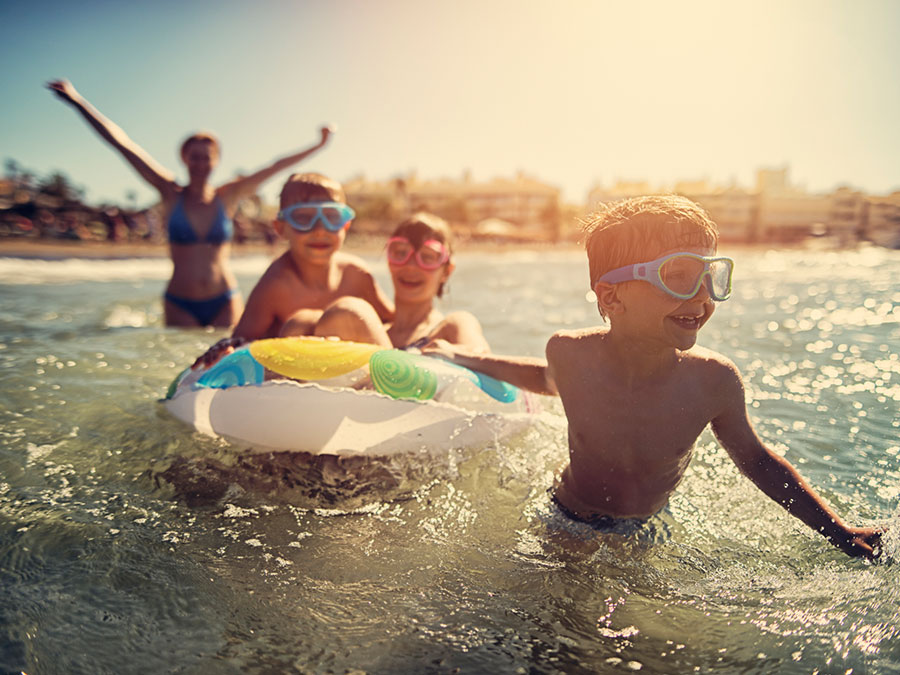Worldwide travel insurance
If you’re planning a big trip, a few trips in one year, or you haven’t completely decided on all the destinations you want to visit, our Worldwide cover might be the right option for you. With Worldwide cover you can be as spontaneous as you like and ensure you still have great travel insurance.
Keep your itinerary open
Maybe you’re heading to the UK or USA but don’t know where you’ll end up going to next. Or perhaps you’ve got an extended holiday in mind, or even a year-long round the world tour planned.
The easiest way to make sure all of your possible destinations are listed on your travel insurance policy, is to select ‘worldwide’ as your destination. So wherever you end up globetrotting - you can relax in the knowledge that we’ve got you covered, should something unexpected happen.
We know travel insurance isn’t the most exciting thing about booking your holiday but it’s important to protect yourself and your family, in case the unexpected does happen.
Our comprehensive international travel insurance includes cover for:
- Unlimited medical and evacuation expenses that arise due to unexpected events while on your journey
- Cancellation fees and lost deposits – increase you’re cover depending on the cost of your journey
- Damaged or lost baggage
- Personal items if they are stolen or damaged
- Rental car excess should you have an accident
- Emergency dental treatment
- Funeral costs

Worldwide emergency assistance
Whether it’s urgent medical assistance or you’ve been stranded overseas, being able to talk to someone that understands whatever predicament you’re in, can be reassuring in times of need. Included in your policy, you’ll get access to our worldwide emergency assistance team 24 hours a day, 7 days a week.
Get covered now
Organising travel insurance when you book your trip is the best plan - that way you’re covered for unexpected events that might prevent you from travelling, as well as all the great cover you get whilst overseas.
Instant quotes for a great price
Discover more about the travel insurance policies we offer, and what will work for you on our policy page.
What you need to know
This page includes some information about our products but, as with all insurance policies, eligibility criteria, terms and conditions apply. For our terms and conditions (including information about exclusions, excesses and sub limits) we recommend you read the relevant Financial Services Guide (FSG), Product Disclosure Statement (PDS) and Target Market Determination (TMD) to ensure our travel insurance products are right for you.
You can find the relevant documents here: International Comprehensive, Annual Multi-trip, International Medical Only, Working Overseas, Domestic.
Need some help?
If you’d like to get in touch, check out the ways you can contact us. Our friendly insurance experts are happy to help!






